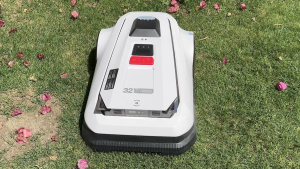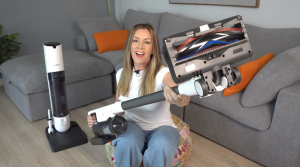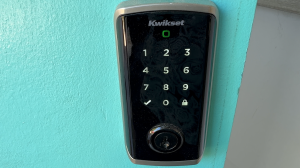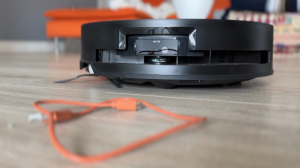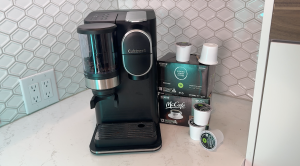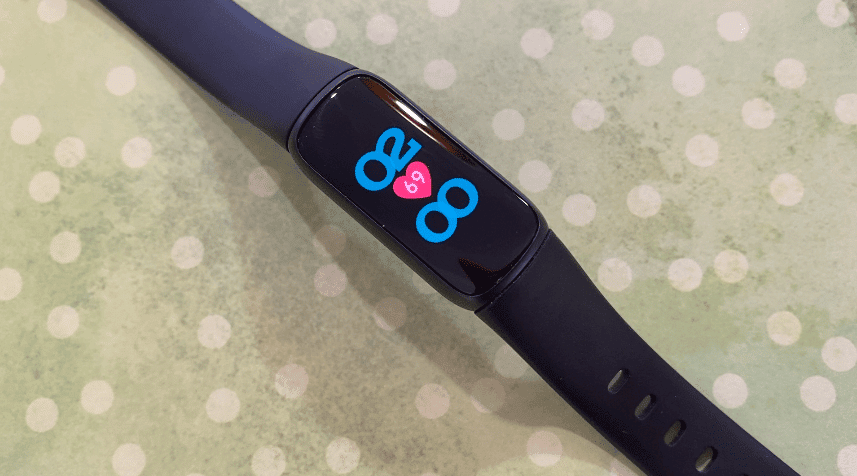
Fitbit Luxe review
The Fitbit Luxe is a small, narrow, bracelet-style fitness tracker, making it a little less obvious choice compared to a smart watch. Fitbits will track a host of stats including sleep, steps, heart rate…. What you get depends a bit on the model you choose.
I’m going to focus on some of the newer features only and how they work, or else this could turn into a miniseries. I also deliberately didn’t enable Fitbit Premium. I want to see what the average basic user gets with the watch right out of the package and without paying the extra $13/month. Plus, I get annoyed at having to agree to pay up front after the trial period, because if I forget to cancel, I still get the bill. If you guys are interested in me getting the service and telling you about it, post that in comments below and I’ll do a future video.
One other quick note… Fitbits are best when you calibrate them so the step count is accurate. It’s really easy to do – check out my How-to here *******
What are the upgrades with Fitbit Luxe?
There are a few key upgrades over the next-closest Fitbit which I’d say is the Inspire 2;
- Tracker now has stainless steel case
- Screen upgrades: Colour display & resolution
- Battery life
- Skin temperature and blood oxygen (perviously thishas been only on Sense)
Looks and styling: stainless steel case

In my personal opinion, the black version doesn’t have quite as luxurious a look to it as the gold and silver and shoppers may want to save some cash and go for the cheaper Inspire 2 if black will be your colour choice, and you’re not interested in any of the other features… which we’ll get to.
Whichever version you choose you can upgrade to a lot of metal, leather and jewelry-style bands to take your look to actual luxe.
Screen upgrades on Fitbit Luxe
The big upgrade to the Fitbit Luxe screen is that it’s now colour instead of monochromatic, which does make it a bit nicer to look at.
The screen on the Luxe is small, to be sure, but if you want something bigger a smart watch like Fitbit Sense should be on your list. Otherwise the Luxe has a colour AMOLED touchscreen. (The Inspire 2’s touchscreen OLED is only monochrome.)
Battery Life

Added features: Skin temperature and blood oxygen
Two of the newest features of smart watches and fitness wearables are skin temperature sensors and blood oxygen monitors.
The new Fitbit Luxe also has a skin temperature sensor, which can help detect a fever. The Luxe will track your own personal range of average skin temperature, then start to let you know if your skin temperature is in range, or seems to be above or below what your baseline of normal is. The major downside with this is that it will only give you data after wearing it to sleep for three nights running; you can’t get an on-the-spot reading.
I guess this might be helpful in detecting the onset of fever, beyond that I didn’t see much use for this feature.
Fitbit says it’s normal for skin temperature to vary throughout sleep and from night tonight. Factors that may cause your skin temperature to change can include things like the temperature in the room, how much bedding you’re using, your general circadian rhythms, menstrual cycles for women, and if you have a fever coming on. So maybe in this pandemic-era that might prove useful. I hope NOT to find out…
Fitbit Luxe has a Blood Oxygen or SpO2 monitor. Sorta…

Though not active in Canada yet, the new Fitbit Luxe will have a blood oxygen monitor built-in. Since it’s not active, I was not able to test this feature. If it’s anything like the Fitbit Sense, it won’t give you on the spot readings and it’s not an easy to use or feature, so if Fitbit will be keeping the same operation for it, you can check out my review of the Sense to learn more about what’s coming and the many steps needed to use it.. But anyway, I’m reserving judgement. Sorta.
Overall review: Fitbit Luxe
Overall, Fitbits are capable, reliable and good looking fitness trackers. I really like Fitbits a lot for keeping tabs on my activity, giving me nudges to move throughout the day. I think they’re an easy to use and affordable way to keep tabs on your health. Downsides? I do with the reminders and notifications came in a little stronger on the Luxe. But overall I can recommend Fitbit and the Luxe if you’re looking for a small subtle fitness and activity monitor.
*A note about Affiliate Links: Occasionally I will include affiliate links in my reviews. I do this partly for convenience of the reader (since I’ll almost always include a link to the company website or similar anyway) in case you want to read more or purchase but I also may get a small commission from the click, which helps me keep the blog running. If you choose to use this link I thank you greatly for supporting the blog. There’s no obligation or cost to you for using this link.
